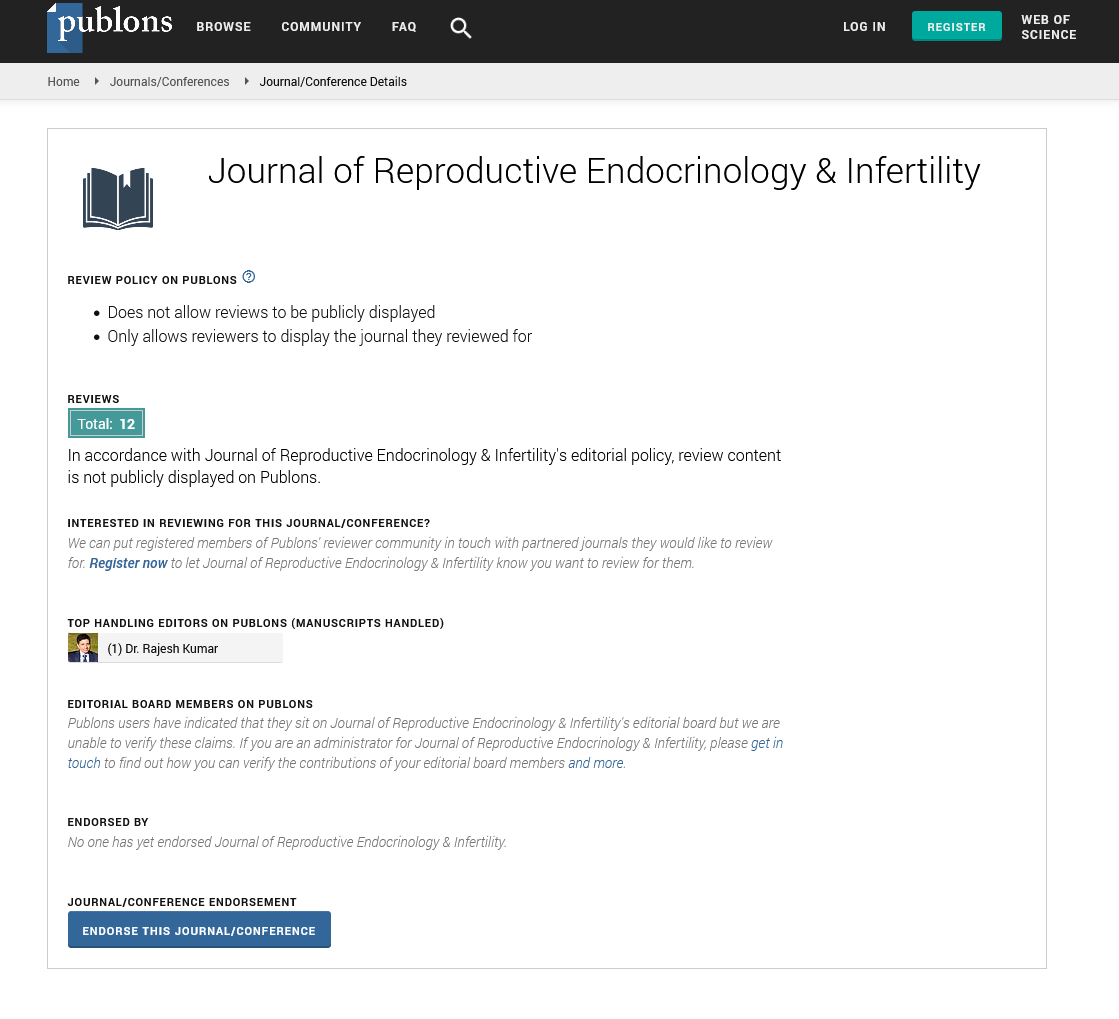Abstract
The Case for More Active Management of Endometrial Development in IVM: Decreasing the Miscarriage Rate and Increasing the Clinical Pregnancy Rate
This review looks at the problem of pregnancy loss after in vitro maturation IVF (IVM) cycles as it may relate to the development of the endometrium during that cycle. The management of the endometrial lining in IVM cycles is currently primarily informed by what has worked in the past rather than by designed experimental studies. The IVF literature on the use of estradiol in artificial cycles prior to cryopreserved embryo transfer cycles and fresh donor-recipient cycles can provide some context in which to evaluate practices in IVM. Endogenous estradiol, exogenous estradiol, and estradiol induced by FSH priming all potentially effect the development of the endometrium during an IVM cycle. These vary in part between programs based on patient selection and cycle management choices, making it harder to use the medical literature to guide decision making in this area. In particular, the short duration of functional estrogen exposure and the diminished endometrial thickness typical of many IVM cycles may contribute to an increased pregnancy loss rate and a lower implantation rate than seen with conventional IVF.
Author(s):
Bruce I Rose
Abstract | Full-Text | PDF
Share this

Google scholar citation report
Citations : 43
Journal of Reproductive Endocrinology & Infertility peer review process verified at publons
Abstracted/Indexed in
- Google Scholar
- Sherpa Romeo
- China National Knowledge Infrastructure (CNKI)
- Publons
- International Committee of Medical Journal Editors (ICMJE)
- Secret Search Engine Labs
Open Access Journals
- Aquaculture & Veterinary Science
- Chemistry & Chemical Sciences
- Clinical Sciences
- Engineering
- General Science
- Genetics & Molecular Biology
- Health Care & Nursing
- Immunology & Microbiology
- Materials Science
- Mathematics & Physics
- Medical Sciences
- Neurology & Psychiatry
- Oncology & Cancer Science
- Pharmaceutical Sciences


